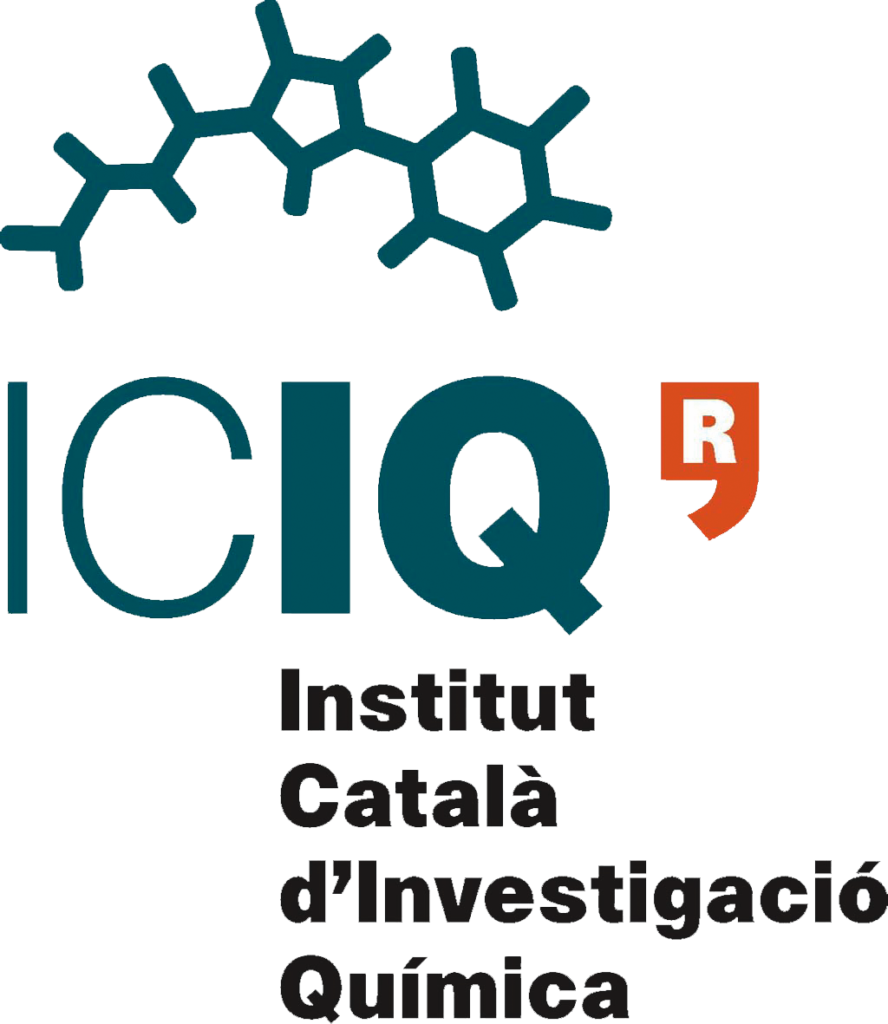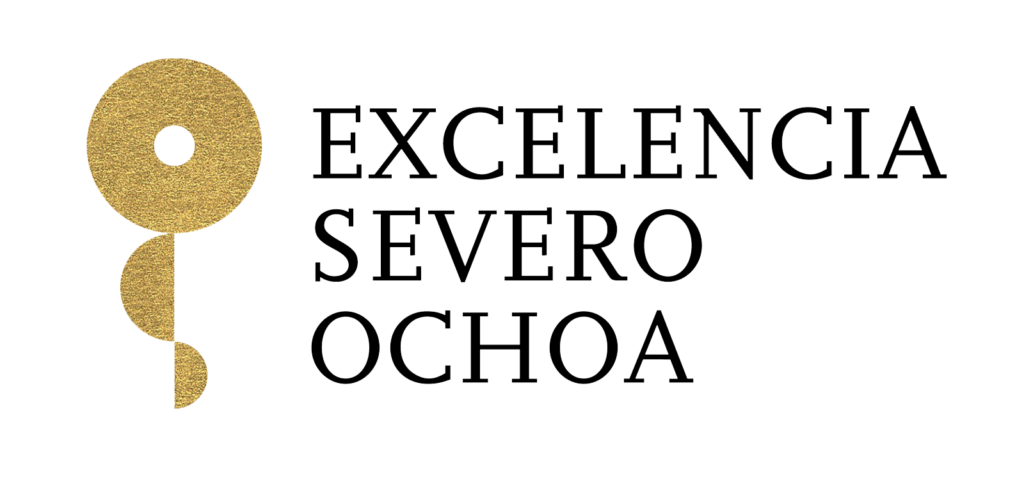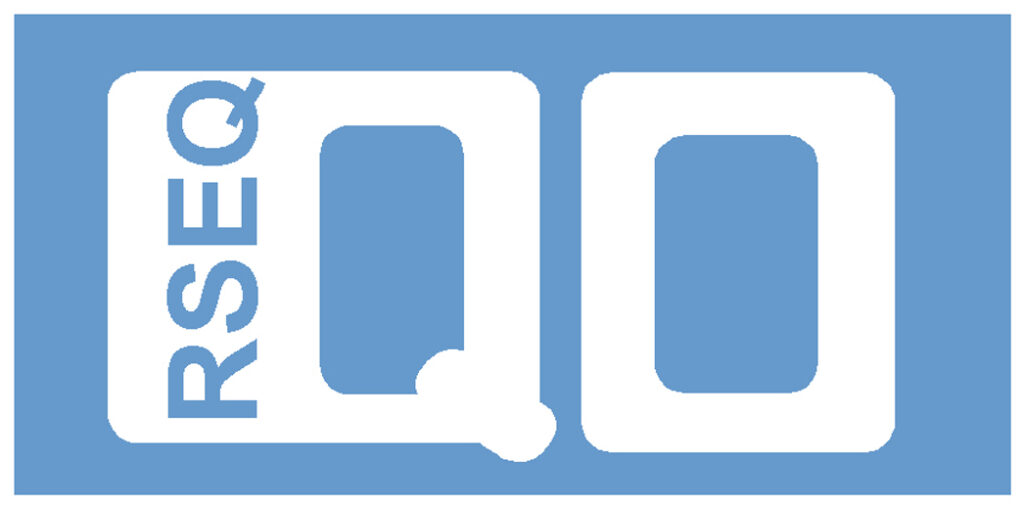Short Biography
Department of Chemistry and Pharmacy
Westfälische Wilhelms-Universität
Münster 48149, Germany
Studies ETH Zürich (1987-1992); Ph. D. ETH Zürich (1995, Prof. D. Seebach); Postdoc Pittsburgh Univ. (1995-1996, Prof. D. P. Curran); Habilitation ETH Zürich (1996-2000); Associate Prof. Marburg Univ. (2000-2004); Full Prof. Münster Univ. (2004-present).
Awards:
Highly Cited Researcher since 2017. Elected member “Academia Europaea”, 2021. Elected member of the German National Academy of Sciences “Leopoldina”, 2020. Pedler Award RSC, 2019. Elected member of the “North Rhine-Westphalian Academy of Sciences, Humanities and the Arts”, 2018. Jiaxi Lu Guest Professorship, CAS, Fuzhou, 2018. ERC Advanced Grant, 2016. Research Award of the WWU Münster, 2014. IOCF Yoshida Lectureship, Kyoto University, 2014. Guest Professorship: Université Bordeaux 1, 2009. RSC/GE Healthcare Lecture, Cardiff, 2008. Guest Professorship: Pierre et Marie Curie, Paris, 2008. Solvias Ligand Contest Award, 2007. Novartis Young Investigator Award, 2006. Steinhofer Award at the University of Freiburg, 2005.
Abstract
Boron an Emergent Element in Radical Chemistry
In the lecture, it will be shown, that readily generated vinyl boron ate complexes, generally used as substrates in the Suzuki-Miyaura coupling, are efficient radical acceptors to conduct electron- catalyzed modular synthesis comprising a radical polar cross over step. 1 Along these lines, dienyl boron ate complexes react with high efficiency with various C-radicals at the δ-position, and the polar cross over rearrangement process delivers valuable allyl boronic esters as products. 2 This conceptual approach has recently been successfully also applied to the development of a novel method for the preparation of highly enantioenriched α-chiral ketones. 3 Hydrogen atom transfer induced boron retaining coupling of organoboronic esters and organolithium reagents is discussed as a straightforward method for the α-C-H functionalization of alkyl boronic esters. 4 In addition, it will be shown that bis(catecholato)diboron (Cat 2 B 2 ) is a highly efficient C-radical trapping reagent. 5-8 For example, this reactivity was applied to establish a transition-metal-free radical alkene 1,2-carboboration reaction. 5 It is further shown that alkyl and aryl iodides react with Cat 2 B 2 upon simple irradiation to the corresponding alkyl and aryl boronic esters. Alcohols, if appropriately activated, can also be transformed to boronic esters via radical pathways. 7,8 Migration of boron groups 9 and of aryl moieties 10 from boron in B-ate complexes to C-radicals will be addressed and a novel mild method for C-radical generation from pinacol boronic esters (RBPin) presented. 11
References:
1. Kischkewitz, M.; Okamoto, K.; Mück-Lichtenfeld, C.; Studer, A. Science 2017, 355, 936.
2. Kischkewitz, M.; Gerleve, C.; Studer, A. Org. Lett. 2018, 20, 3666.
3. Gerleve, C.; Kischkewitz, M; Studer, A. Angew. Chem. Int. Ed. 2018, 57, 2441.
4. Wang, D.; Mück-Lichtenfeld, C.; Studer, A. J. Am. Chem. Soc. 2019, 141, 14126.
5. Cheng, Y.; Mück-Lichtenfeld, C.; Studer, A. J. Am. Chem. Soc. 2018, 140, 6221.
6. Cheng, Y.; Mück-Lichtenfeld, C.; Studer, A. Angew. Chem. Int. Ed. 2018, 57, 16832.
7. Friese, F. W.; Studer, A. Angew. Chem. Int. Ed. 2019, 58, 9561. For catalytic radical protodeboronation,
see: Clausen, F.; Kischkewitz, M.; Bergander, K.; Studer, A. Chem. Sci. 2019, 10, 6210.
8. Friese, F. W.; Studer, A. Chem. Sci. 2019, 10, 8503.
9. a) Wang, D.; Mück-Lichtenfeld, C.; Studer, A. J. Am. Chem. Soc. 2020, 142, 9119. b) Jana, K.; Bhunia, A.;
Studer, A. Chem 2020, 6, 512. c) Jana, K.; Studer, A. Org. Lett. 2022, 24, 1100.
10. Wang, D.; Mück-Lichtenfeld, C.; Studer, A. J. Am. Chem. Soc. 2021, 143, 9320.
11. Wang, Z.; Wierich, N.; Zhang, J.; Daniliuc, C. D.; Studer, A. J. Am. Chem. Soc. 2023, 145, under revision.








